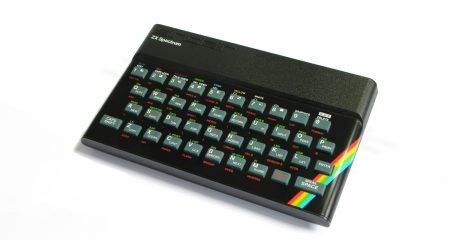
Although sales of BlackBerry devices continue to fall off a cliff in developed markets, Research in Motion’s successes in emerging markets, a forthcoming overhaul of its operating system, and the company’s pledge to keep wooing developers suggest the embattled company may be able keep its head above water.
RIM’s forthcoming operating system overhaul, BlackBerry 10, is a far cry from its predecessors and, more importantly, is distinct from the user experience offered by Apple’s iOS or Google’s Android.
It’s sure to delight loyalists who’ve stuck with the brand — whether independently or because of work-induced obligation — but the company’s real challenge is going to be winning back those who’ve defected while simultaneously winning new users.
BlackBerry remains an incredibly popular youth brand, but it continues to lose ground as an enterprise solution, with tablet computers having forced large companies to adapt their policies on personal devices. RIM needs to become a consumer-first brand because consumers now drive device uptake.
Despite dismal predictions, mainly in the US media, of RIM’s imminent demise, its most recent quarterly results paint a different picture.
Thanks largely to growth markets such as SA and Brazil, RIM grew its subscriber base by 2m users last quarter, bringing its total number of subscribers worldwide to 80m.
It also posted less of a loss than analysts expected and was rewarded by the market with a sharp boost to its share price. However, the company still posted a loss — for the third quarter in a row — of US$235m.
Although the company has doubled the number of applications available in BlackBerry App World to more than 100 000, it’s not the application-hungry high-end of the market that’s sustaining RIM, but rather users of entry-level devices combined with its still-compelling flat-rated BlackBerry Internet Service (BIS) plans.
Until mobile data prices in the developing world fall so low that the value proposition of a fixed-cost data device is wholly eroded, RIM will continue to sell devices in droves. The problem is, unless BlackBerry 10, or whatever follows it, proves that it doesn’t just keep abreast of rival offerings but surpasses them, the company will continue to struggle to attract the custom of high-end users.
BlackBerry’s problem is primarily its tainted image. Its first foray into tablet computing, the BlackBerry PlayBook, was crippled by incomplete software. It should never have been released when it was.
Once a consumer darling, BlackBerry has lost its position as a trendsetter and frontrunner. Until new CEO Thorsten Heins took the helm, RIM looked like a company chasing its own tail. Heins’s recent keynote at the company’s annual developer conference suggests he knows this and is working to change it, but mobile is a fast moving industry and BlackBerry hasn’t exactly demonstrated agility in the last 18 months.
Nevertheless, the company still managed to grow its subscriber base last quarter in all regions except for North America. The BlackBerry brand is bruised and battered, but it’s not quite dead and buried, even if it looks that way from the perspective of the US. Fortunately for RIM, it’s a big planet. — (c) 2012 NewsCentral Media
- Craig Wilson is deputy editor at TechCentral




